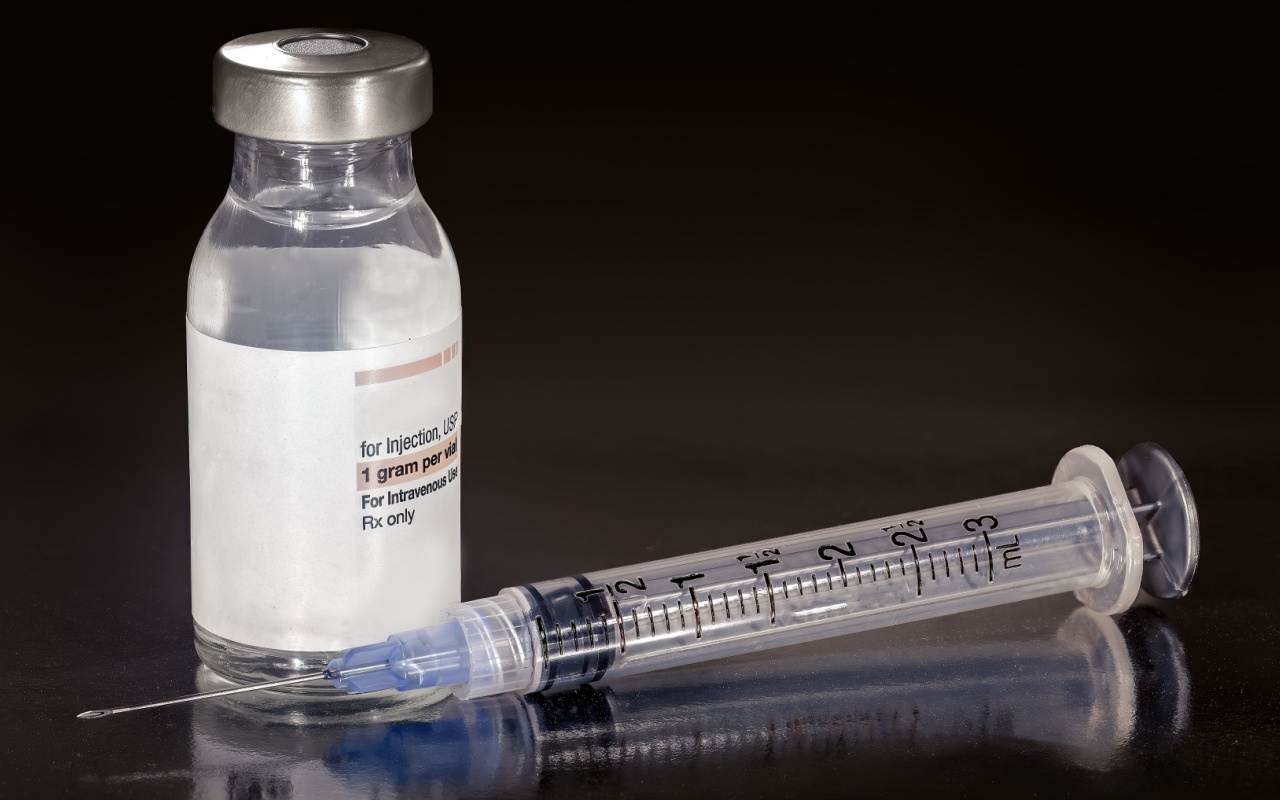Drugmakers are scurrying about hoping to be the first to develop an oral version of the newest class of weight-loss drugs, Eli Lilly’s Mounjaro and Novo Nordisk’s Ozempic and Wegovy. While both can produce significant weight loss, they’re given as weekly injections. The goal now is to push for individualized treatment.
Since nearly everyone takes a pill for something, a daily pill will be much easier for those who aren’t fond of needles. However, an oral pill won’t likely be on the market this year.
According to estimates by the World Health Organization (WHO), adult obesity has more than doubled since 1990 worldwide, and adolescent obesity has quadrupled. In 2022, 2.5 billion adults (18 years and older) were overweight, and of these, 890 million were living with obesity. With weight problems around the globe, companies need to look beyond injectable drugs that treat Type 2 diabetes.
Novo Nordisk recently presented findings of a pill version of semaglutide (the active ingredient in Ozempic and Wegovy) for weight loss in those who are overweight or obese and don’t have Type 2 diabetes. The findings showed participants in the phase 3 clinical trial lost, on average, 15% of their body weight after 68 weeks. The number was consistent with what Novo Nordisk previously reported in clinical trials with patients taking the weekly injection of semaglutide over the same time period.
In March 2024, Novo Nordisk shared the data from an early-stage clinical trial of an experimental weight-loss drug called amycretin. Amycretin is a treatment taken orally, and trial results convey it could be more powerful than Wegovy, the company’s popular weight-loss drug.
Taken once a day, the pill helped patients in the trial lose 13% of their weight over a 12-week period. Patients on Wegovy, however, only lost around 6% at 12 weeks. Side effects of amycretin, according to Novo Nordisk, are in line with its other GLP-1 drugs: nausea, vomiting, constipation, and diarrhea.
Amycretin effectively combines the performance of two different drugs—GLP-1 and amylin—into a single molecule, targeting two hormones involved in regulating blood sugar levels and hunger. In fact, companies like Novo Nordisk and Zealand Pharma would like to build the next generation of weight-loss drugs around amylin.
Data from the mid-stage trial won’t be available until approximately 2026, at the earliest. Therefore, amycretin won’t hit pharmacy shelves anytime soon.
Novo Nordisk also has a lower-dose version of oral semaglutide called Rybelsus that’s already approved for type 2 diabetes. In the clinical trial, the dose tested for weight loss was higher. Basically, it’s similar to how Ozempic is approved for diabetes while Wegovy is approved for weight loss. However, patients who take Rybelsus tend to get more side effects, such as nausea, compared with the injection.
Another concern is adherence. These drugs have a lot of requirements. For example, patients taking oral semaglutide need to take it daily on an empty stomach in the morning.
The oral semaglutide was tolerated well and the side effects were similar to the injection. The side effect most reported was nausea.
Eli Lilly also has an oral weight-loss drug called orforglipron. According to the phase 2 clinical trial results published in the New England Journal of Medicine, participants taking the drug lost an average of 9.4% to 14.7% of their body weight after 36 weeks. This depended on the dose each participant was given.
Orforglipron is taken daily in the morning, just like oral semaglutide. However, orforglipron can be taken within 30 minutes of eating while oral semaglutide cannot. Side effects are also in line with the other GLP-1 drugs.
Marketing to Your Patients
Keep your customers coming back with these simple, in-store, low-cost marketing strategies:
- On the walls and in their hands: Create flyers, posters, and signage with vibrant colors and clear, concise messaging throughout your pharmacy. Posters should be placed strategically where your patients spend the most time, such as waiting areas, cash registers, and the drive-thru lanes.
- Bag stuffers: Use bag stuffers to promote different POCT services you provide in your pharmacy. Offer discounts or special promotions to encourage customer purchases.
- Trained staff: Your staff needs to be knowledgeable and comfortable discussing POCT with patients. Provide regular training sessions to improve their ability to upsell and cross-sell related products.
More articles from the June 2024 issue:
- Big Pharma Companies and the Threat of Expired Patents
- Your In-Store Event
- Taking Charge of Obesity
- Drug-Induced Nutrient Deficiencies
- Protect Your Pharmacy
- The Art of Apologizing
- Adding Services to Your Pharmacy
- Needle-Free Weight Loss
A Member-Owned Company Serving Independent Pharmacies
PBA Health is dedicated to helping independent pharmacies reach their full potential on the buy-side of their business. Founded and run by pharmacists, PBA Health serves independent pharmacies with group purchasing services, wholesaler contract negotiations, proprietary purchasing tools, and more.
An HDA member, PBA Health operates its own NABP-accredited warehouse with more than 6,000 SKUs, including brands, generics, narcotics CII-CV, cold-storage products, and over-the-counter (OTC) products — offering the lowest prices in the secondary market.











